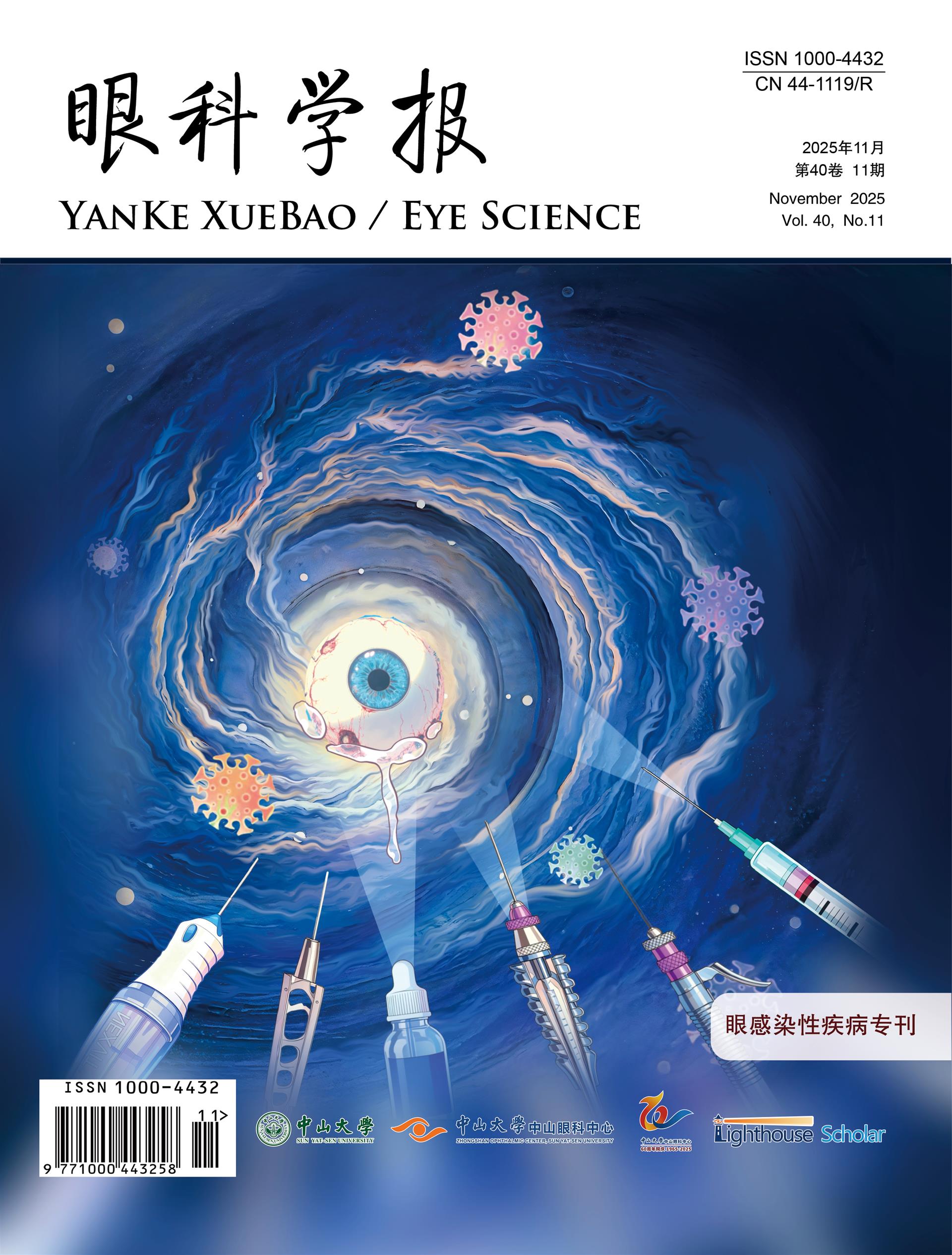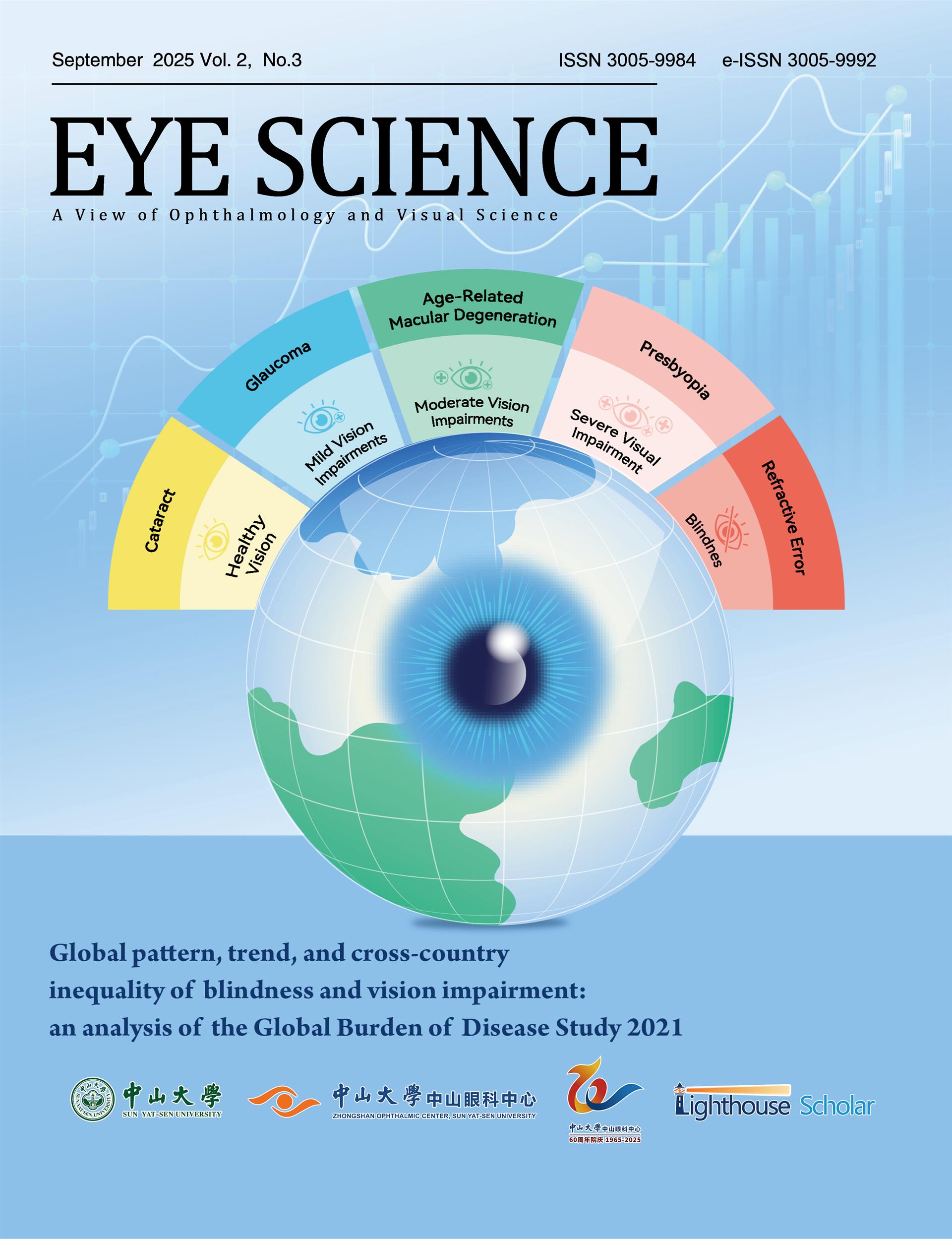Our journal operates a double anonymized review process. All contributions will be initially assessed by the editor for suitability for the journal. Papers deemed suitable are then typically sent to a minimum of two independent expert reviewers to assess the scientific quality of the paper. The Editor is responsible for the final decision regarding acceptance or rejection of articles. The Editor's decision is final. Editors are not involved in decisions about papers which they have written themselves or have been written by family members or colleagues or which relate to products or services in which the editor has an interest. Any such submission is subject to all the journal's usual procedures, with peer review handled independently of the relevant editor and their research groups.
Double anonymized review
Both the reviewer and the author are anonymous in this model. Some advantages of this model are listed below.
· Author anonymity limits reviewer bias, for example based on an author's gender, country of origin, academic status or previous publication history.
· Articles written by prestigious or renowned authors are considered on the basis of the content of their papers, rather than their reputation.
For our journal that use double anonymized peer review, the identities of both reviewers and authors are concealed from each other throughout the review. To facilitate this, authors must ensure that their manuscripts are prepared in such a way that they do not reveal their identities to reviewers, either directly or indirectly.
The following items are ensured to be presented in the submission and are provided as separate files:
1. Title page
The title page will remain separate from the manuscript throughout the peer review process and will not be sent to the reviewers. It should include:
· The manuscript title
· All authors' names and affiliations
· A complete address for the corresponding author, including an e-mail address
· Acknowledgements
· Conflict of interest statement
2. Anonymized manuscript
Remove any identifying information, such as authors' names or affiliations, from the manuscript before submission.
As well as removing names and affiliations under the title within the manuscript, other steps need to be taken to ensure the manuscript is correctly prepared for double anonymized peer review. The key points to consider are:
· Use the third person to refer to work the authors have previously published.
· Make sure that figures and tables do not contain any reference to author affiliations
· Exclude acknowledgements and any references to funding sources. Use the title page, which is not sent to reviewers, to detail these and to declare any potential conflicts of interest to the editor.
Choose file names with care, and ensure that the file’s “properties” are also anonymized. If authors are using Microsoft Office 2007 or later, consider using the Document Inspector Tool prior to submission.
Take care to ensure that you do not inadvertently upload identifying information within any of the files that will be shared with reviewers. All file types except title page, cover letter and LaTeX source files are typically included in the version of the manuscript shared with reviewers.
Review and Publication Process
After an initial review of the paper, the Editor-in-Chief assigns it to an Associate Editor (AE). The AE then selects an Editorial Board Member (EBM) who is an expert in the field and who will be responsible for guiding the paper through the review process. The EBM selects several outside reviewers to ensure that at least two reviewers can be obtained. Once the completed reviews arrive, the EBM critiques them, synthesizing them in a coherent manner for transmission to the corresponding author. At the same time, the EBM recommends a decision to the AE. The AE reviews all material and makes the publication decision, which is then e-mailed to the author. In the case of rejections, the AE forwards their recommendation to the Editor-in-Chief, who makes the final decision.
Revision Submission
If invited to revise a manuscript, the corresponding author will receive an e-mail that contains the revise decision as well as the reviewers’ and/or editors’ comments. Log on as an author to https://journal.gzzoc.com/ with your username and password. The manuscript will be in the author menu under “Submissions Needing Revision.”
Review the editor/revision comments and, as appropriate, make changes to files based on these comments as well as the editorial office comments. Save two versions of the manuscript file – one showing “track changes” and the other a clean copy with all changes accepted. When all files are revised, go to https://journal.gzzoc.com/. Under “Submissions Needing Revision” select “Revise Submission” to start the revision submission. Revised manuscripts are due within 60 days.
Instructions are provided on how to upload revised files and replace old ones in the “Attach Files” section. The following File Types are required to submit a revised article:
· Manuscript File (the clean revised version)
· Revised Manuscript File with Track Changes
· Author Contributorship Form
· ICMJE COI Form (one per author)
· Cover Letter
· Response to Reviewers (Point-by-Point response)
A final opportunity is provided to review the completed revised version before clicking the final button “Complete Submission.” Please read and acknowledge the Ethics in Publishing statement before final submission.
If you elect to withdraw your paper rather than submit a revision, please log on to the system and select “Decline to Revise.”

















